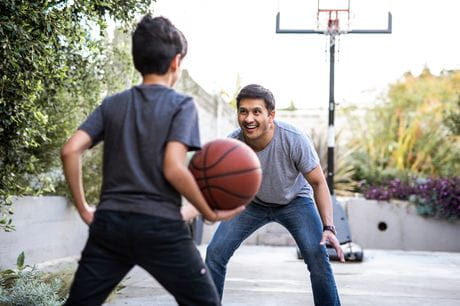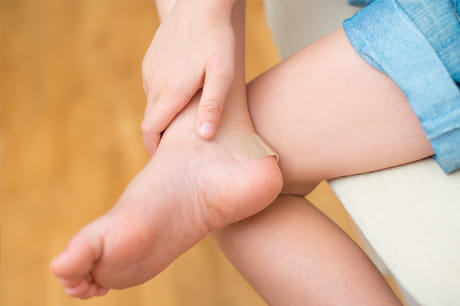Diabetes in children: signs to watch for
If your child seems thirstier than normal, more tired, is urinating more often and losing weight, it may be time to talk with your pediatrician.
What is diabetes?
Diabetes is a condition that causes high blood glucose, or blood sugar, levels in the body. Typically, the food we eat is converted into glucose, or sugar, for our bodies to use as energy. To accomplish this, our pancreas produces a hormone called insulin to help this sugar get into our cells. When a person has diabetes, their body either doesn’t produce enough insulin or can’t use its insulin as well as it should, causing a buildup of sugar in the blood.
Diabetes is grouped into two categories: Type 1 and Type 2. With Type 1 diabetes, your pancreas doesn’t make insulin. When you have Type 2 diabetes, your pancreas produces insulin, but sometimes not enough or it’s not using its insulin as well as it should. Children are more likely to be diagnosed with Type 1 diabetes, often referred to as juvenile diabetes.
“Diabetes in children produces a variety of symptoms, like being more thirsty than normal or urinating more often,” says Dr. Mushtaq Godil, pediatric endocrinologist at Geisinger.
“If you notice any of these symptoms, talk to your child’s pediatrician. If your child has diabetes, your pediatrician can help you diagnose his or her condition.”
What are the symptoms of diabetes in children?
Symptoms of diabetes can be subtle but knowing what to look for makes it easier for you to identify them.
These symptoms include:
- Extreme thirst
- Urinating more often
- Fatigue or weakness
- Unintentional weight loss
- Wounds that are slow to heal
If not diagnosed promptly, these symptoms may progress to:
- Dehydration despite drinking
- Nausea or vomiting
- Blurry vision
- Changes in mood
Type 1 and Type 2 diabetes share many of the same symptoms.
“Since symptoms of juvenile diabetes come on quickly, it’s important to pay attention when your youngster doesn’t feel well and look for patterns,” says Dr. Godil.
If your child is experiencing any of these symptoms, it doesn’t automatically mean they have diabetes. Start by visiting their pediatrician to discuss symptoms. Depending on the situation, your child may need to see a pediatric endocrinologist for additional testing to rule out the possibility of diabetes.
How is diabetes diagnosed?
Your child’s doctor will order simple blood tests — blood glucose and glycosylated hemoglobin (or hemoglobin A1c) — to check for elevated blood sugar levels, which can identify diabetes. Additionally, your child’s pediatrician may order urine tests to look for the presence of glucose and ketones (something your liver produces when there isn’t enough insulin in your body).
When diabetes is diagnosed, your child’s doctor will confirm the type — 1 or 2 — in most cases to determine the right treatment.
Diabetes prevention
While Type 1 diabetes can’t be prevented, the good news is that it can be well managed. Children are at risk for developing Type 2 diabetes if they’re overweight and especially if they have a relative who has the condition. If your child is at risk of developing Type 2 diabetes, there are things you can do to reduce their risk, including:
- Feeding them a healthy diet rich in whole grains, vegetables and lean meats. Limit the number of calories, sugary drinks, sweets and fried foods they eat, while encouraging them to make better food choices. Doing this together as a family can encourage healthy changes that benefit all of you.
- Encouraging more activity. Whether it’s taking a walk together after dinner or just working activity into your daily routine (such as taking the stairs instead of the elevator), this is another thing you can get the whole family involved in.
- Reducing screen time. This means turning off the television, shutting the computer down or putting tablets away in favor of more physical activity.
My child has diabetes — now what?
Start by educating yourself. “Asking questions is the best way to learn about your child’s condition,” Dr. Godil advises. “This helps us explain what’s happening, lets you know what to expect and how to manage their condition. It also helps us address your concerns.”
Your child’s medical team will educate you the on day-to-day management of his or her diabetes. They can also help you understand how to keep their blood sugar stable, provide advice on dietary changes and recommendations for daily physical activity.
We understand that a diabetes diagnosis can affect your whole family, and we’re here to support you. Because no one is more important than your child.
Next steps:
Learn about pediatric care at Geisinger
Find a pediatrician near you





